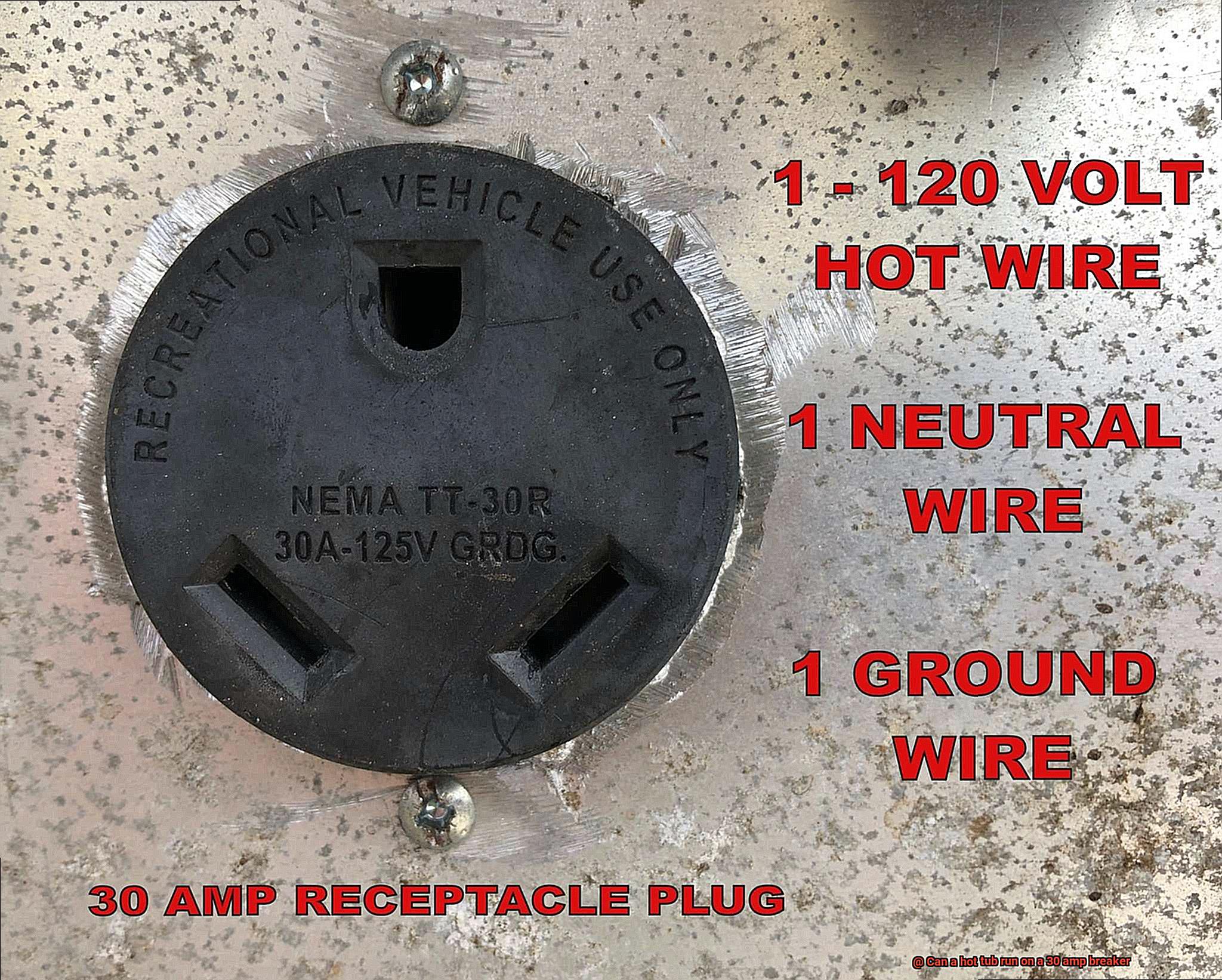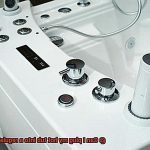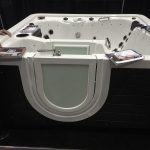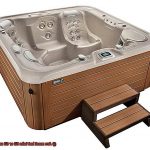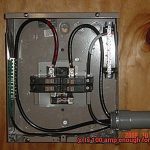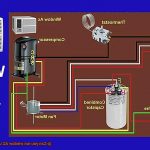Are you in the market for a hot tub to unwind after a long day or entertain guests on weekends? Hot tubs are an excellent addition to any home, but before you take the plunge, you must ensure that your electrical system can handle the load. Hot tubs require a lot of power to operate, so it’s crucial to have the right electrical setup in place.
One of the most common questions people ask is whether a hot tub can run on a 30 amp breaker. It’s an important question because upgrading your electrical system can be costly. Lucky for you, we’ve got all the answers. In this post, we’ll dive deep into the details and help you understand if your hot tub can run efficiently on a 30-amp breaker.
We’ll cover everything from understanding the electrical demands of hot tubs to factors that impact their power requirements. So whether you’re planning to invest in a new hot tub or upgrade your existing one, keep reading to find out if a 30-amp breaker will do the trick. Trust us; this is one blog post that could save you time and money.
Contents
What is a Hot Tub?
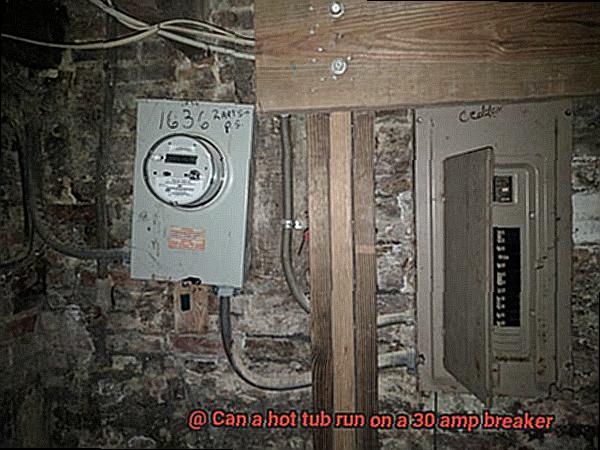
Look no further than a hot tub. Also known as spas, these relaxation and hydrotherapy machines are essentially large tubs filled with hot water that is circulated by jets. Imagine sinking into warm water after a long day and letting the massaging jets ease your muscle tension and reduce stress.
Hot tubs come in various sizes, from cozy ones designed for two people to larger ones that can accommodate up to ten or more people. You can even customize them with features such as waterfalls, LED lighting, and built-in sound systems. They can also be installed both indoors and outdoors, making them perfect for any space.
But hot tubs aren’t just for relaxation – they offer several health benefits too. Studies have found that hot tub use can provide relief for conditions such as arthritis and fibromyalgia. Soaking in the hot water and enjoying the massaging jets can help ease muscle tension and reduce stress levels.
However, it’s important to note that hot tubs require regular maintenance to ensure they remain safe and hygienic. This includes monitoring the chemical levels of the water and cleaning the hot tub regularly. It’s also crucial to ensure proper installation, including electrical requirements. A licensed electrician should always be consulted to ensure safety and compliance with local codes.
What is a Breaker?
Simply put, a breaker is an electrical safety device that automatically cuts off power supply when an electrical circuit is overloaded or short-circuited. It acts as a switch that interrupts the flow of electricity when a fault occurs to prevent damage to the electrical system, appliances, and even fire hazards.
Breakers come in different sizes and ratings, measured in amps (A), and are designed to handle specific electrical loads. For instance, a 30 amp breaker can carry a maximum load of 30 amps and is commonly used in household circuits for appliances like ovens, dryers, and air conditioning units. However, it’s important to note that not all hot tubs can run on a 30 amp breaker.
The amount of current required to power a hot tub depends on the tub’s size and the number of jets it has. Larger hot tubs with more jets may require a 50 amp breaker or even higher to operate safely and efficiently. So before installing a hot tub or using any other electrical appliance, make sure you have the right breaker installed and that it’s properly sized for your needs.
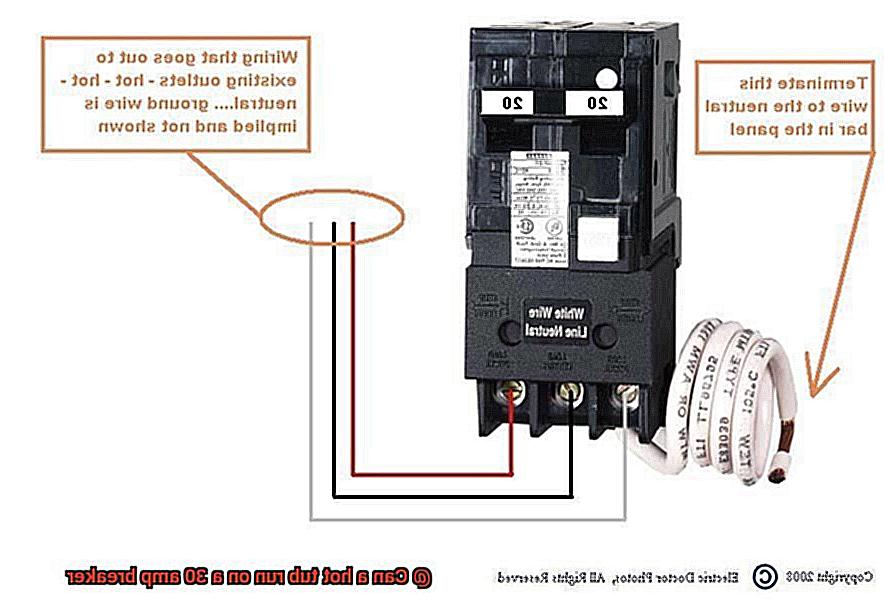
How Much Electricity Does a Hot Tub Need?
Hot tubs are a coveted luxury item that can provide a much-needed escape from the stresses of daily life. However, before you can fully enjoy your hot tub, it’s essential to understand its electricity usage. As an expert in this field, I’m here to provide you with all the information you need to determine how much electricity your hot tub needs.
The electricity requirements for a hot tub are influenced by various factors, such as its size, the number of jets, and the water temperature you want to maintain. Generally speaking, a hot tub can consume anywhere from 1,500 watts to 7,000 watts of power.
If you plan on running your hot tub on a 30 amp breaker, it’s crucial to ensure that it doesn’t overload the circuit. A 30 amp breaker has a maximum capacity of around 5,500 watts, but it’s worth noting that this amount may fluctuate depending on the specific model and design of your hot tub.
To calculate the exact electricity usage of your hot tub, you’ll need to consider the wattage of each component in your hot tub. This includes pumps, heaters, and jets. Fortunately, you can find this information in your owner’s manual or by consulting with a professional electrician.
It’s always best to work with a licensed electrician before installing or operating your hot tub on a 30 amp breaker. Overloading your circuit can lead to tripped breakers, damaged equipment, or even electrical fires. By working with an expert, you can ensure that your hot tub operates safely and efficiently.
Can a Hot Tub Run on a 30 Amp Breaker?
Before you make any decisions, there are some crucial factors to consider.
Firstly, not all hot tubs are created equal. The size and features of your hot tub can affect its power requirements. While some smaller hot tubs can run on a 30 amp breaker, larger ones may need more power. Always check the manufacturer’s specifications before making any decisions.
Another crucial factor is the wiring in your home. If your home’s wiring is not up to code or cannot handle the power demands of your hot tub, it can cause serious electrical problems such as tripping breakers or even fires. Therefore, it’s imperative to consult with a licensed electrician before making any changes to your electrical setup.
Assuming you have a smaller hot tub and your home’s wiring is up to code, running your hot tub on a 30 amp breaker can be a viable option. However, always remember to follow the manufacturer’s recommendations for your specific hot tub model to ensure safe and efficient operation.
Electrical Requirements for Different Hot Tub Models
Hot tubs are the ultimate way to relax and unwind after a long day, but before you dive into the warm water, it’s important to understand the electrical requirements for your particular hot tub model. Different models have varying electrical needs, so it’s crucial to ensure that your electrical system can accommodate them.
A common question that arises is whether a hot tub can run on a 30 amp breaker. However, the answer depends on the specific hot tub model you have in mind. While some smaller hot tubs may run on a 30 amp breaker, larger models require more power. Therefore, it’s essential to check the manufacturer’s specifications for your specific hot tub model to determine its electrical needs.
But size isn’t the only factor to consider. You also need to think about the other electrical appliances and systems in your home. Running a hot tub on a 30 amp breaker may be feasible if you don’t have many other high-powered appliances running at the same time. However, if you have multiple appliances running simultaneously, you may need to upgrade your electrical system to accommodate your hot tub’s needs.
It’s important to remember that faulty wiring can cause serious electrical problems like tripping breakers or fires. Therefore, consulting with a licensed electrician is imperative to ensure safe and efficient operation. They can assess your home’s electrical system and recommend any necessary upgrades or changes to ensure that your hot tub functions properly.
Safety Considerations When Installing a Hot Tub
When it comes to the installation of a hot tub, safety should be the top priority. One of the most significant aspects to consider is ensuring that the hot tub is wired appropriately and safely. This means making sure that the hot tub is connected to an electrical supply that meets its specific requirements.
To begin with, it’s crucial to note that the electrical needs of a hot tub can vary based on its size and model. While some smaller hot tubs may be compatible with a 30 amp breaker, larger models require more power and may need a 50 amp breaker for optimal functionality.
So, can you run your hot tub on a 30 amp breaker? The answer isn’t a simple yes or no. It depends on the specific model and its recommended electrical requirements. Running your hot tub on a lower amperage than recommended can result in damage to its components and pose a safety risk.
Therefore, it’s imperative to consult with a licensed electrician before installing your hot tub. They can help determine the appropriate electrical supply for your specific model, ensuring that your hot tub is wired safely and correctly. This will not only prevent any potential safety hazards but also guarantee that your hot tub operates efficiently and effectively.
LDjcSw2ApEg” >
Conclusion
In conclusion, hot tubs are the ultimate luxury when it comes to relaxation and unwinding. But, before you take the plunge and invest in one, it’s vital to ensure that your electrical system can handle the heat. One of the most common queries people have is whether a hot tub can run on a 30 amp breaker. The answer isn’t straightforward as it depends on several factors such as the size and model of your hot tub and the wiring in your home.
Smaller hot tubs may be compatible with a 30 amp breaker, but if you’re thinking of going big, then larger models require more power and may need a 50 amp breaker for optimal functionality. Always check the manufacturer’s specifications for your specific hot tub model to determine its electrical needs.
A faulty wiring system can cause serious electrical problems like tripping breakers or even fires. Therefore, consulting with a licensed electrician is imperative to ensure safe and efficient operation. They’ll assess your home’s electrical system and recommend any necessary upgrades or changes to ensure that your hot tub functions correctly.
In summary, if you’re planning to invest in a new hot tub or upgrade an existing one, make sure you have the right electrical setup in place. By doing so, not only will you enjoy all the benefits of having a hot tub but also ensure that it operates safely and efficiently for years to come.

